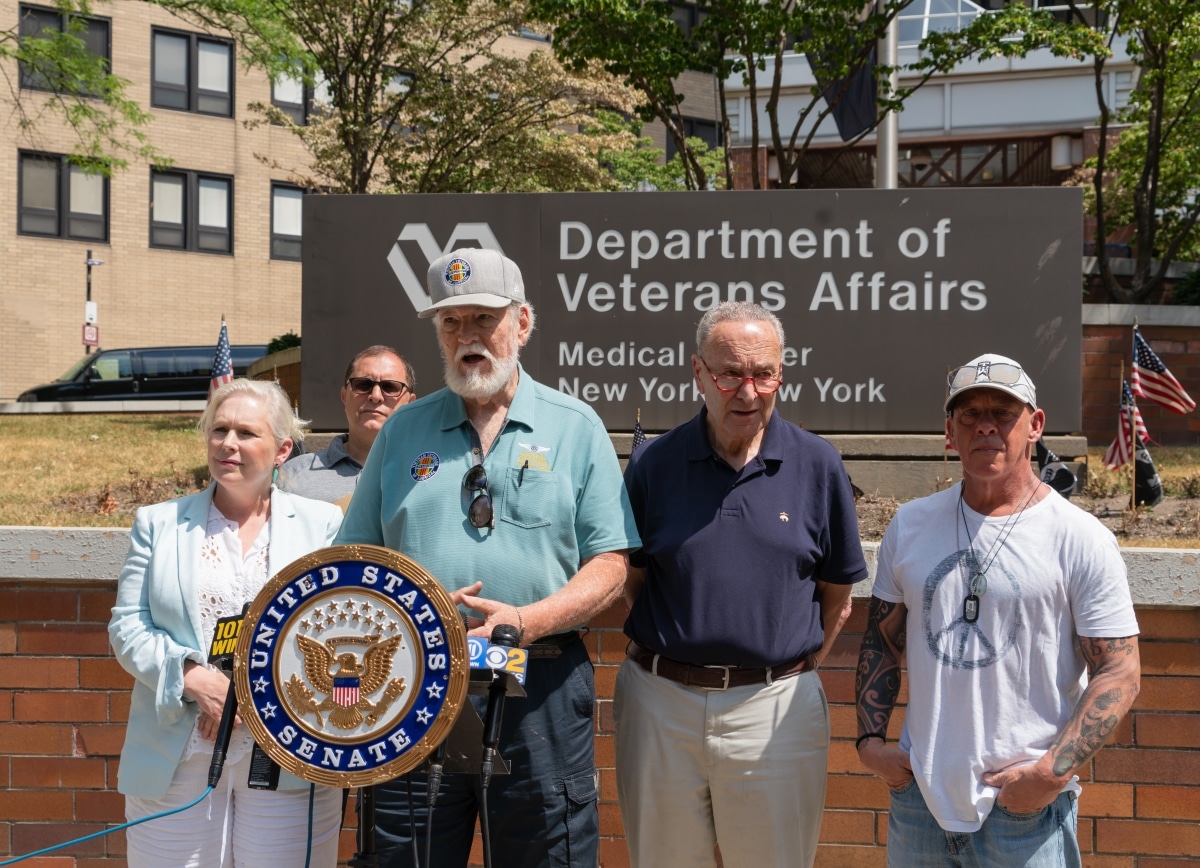Investigations reveal that the Department of Veterans of Affairs (VA) often fails to identify and assist military service members suffering from opioid use disorder (OUD) as they transition to civilian life. The VA’s negligence in checking previous OUD diagnoses when creating treatment plans for transitioning troops could endanger veterans’ health and lives.
Key Points:
- A VA Office of Inspector General report highlighted that VA officials frequently overlook or struggle to verify prior OUD diagnoses when formulating treatment plans for departing service members.
- A yearlong review of 1,783 VA patients discovered that only 421 had a formal OUD diagnosis in their VA medical record. Moreover, only 19% of the remaining 1,362 patients, all with OUD, had their opioid dependence flagged during their initial screening with the Veterans Health Administration.
- This lack of identification could lead to adverse effects, such as erroneous opioid prescriptions and missed opportunities for life-saving substance abuse treatment.
- The VA’s action plan, launched in collaboration with the Departments of Defense and Homeland Security in 2018, aimed to provide transitioning service members with access to mental health treatment and suicide prevention resources. However, the initiative has gaps in opioid support due to unclear responsibilities and flawed databases.
- To rectify these issues, the VA plans to improve its information systems to better identify service members diagnosed with OUD in the Department of Defense, strengthen existing clinical programs, and expand access to opioid education and naloxone distribution programs.









